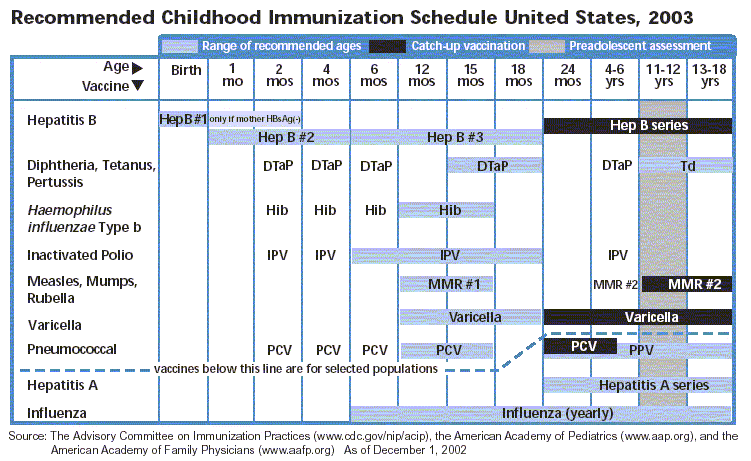 |
Got a Sick Kid?
Don’t Guess. Read the Label.
Make sure you’re giving your children the
right medicine and the right amount.
This resource is also available
as a brochure to view in PDF format.

When it comes to taking medicines, kids
aren’t just small adults. When using nonprescription medicines, here are
10 ways to be sure you’re giving your children the right medicine and
the right amount.
- Read and follow the label directions
every time. Pay special attention to usage
directions and warnings. If you notice any new symptoms or
unexpected side effects in your child or the medicine doesn¹t
appear to be working, talk to your doctor or pharmacist immediately.
- Know how much medicine to give
and when. Read and follow the label.
- Know the abbreviations for tablespoon
(tbsp.) and teaspoon (tsp.). You should also know:
milligram (mg.), milliliter (mL.), and ounce (oz.).
- Use the correct dosing device.
If the label says two teaspoons and you're using a dosing
cup with ounces only, don't guess – get the proper measuring
device. Don't substitute another item, such as a kitchen spoon.
- Never play doctor. Twice the
recommended dose is not appropriate just because your child
seems twice as sick as last time. When in doubt about your
child's condition, call your doctor.
- Talk to your doctor, pharmacist,
or other health care professional before giving two
medicines at the same time to avoid a possible overdose or
an unwanted interaction.
- Follow age and weight limit
recommendations. If the label says don't give to children
under a certain age or weight, don't do it. Call your doctor.
- Always use the child-resistant
cap and re-lock the cap after each use. Be especially careful
with iron-containing vitamins or supplements, which have been
a source of accidental poisoning deaths in children under
three.
- Follow the "KEEP OUT OF
REACH" warning. Today's medicines are often flavored
to mask the taste of the medicine, which is all the more reason
to keep all drugs out of the sight and reach of children.
- Always check the package and
the medicine itself for signs of tampering. Don't buy or use
any medicine from a package that shows cuts, tears, slices,
or other imperfections. Report anything suspicious to the
pharmacist or store manager.
Text
version of Recommended Childhood Immunization Schedule, United
States
(from the Centers for Disease Control and Prevention)

Council on Family Health
www.cfhinfo.org
U.S. Food and Drug Administration
5600 Fishers Lane
Rockville, MD 20857
www.fda.gov
Consumer
Education: Over-the-Counter Medicine
 Back
to Top Back
to Top  Back to Consumer Education
Back to Consumer Education
Date created: July 31, 2003; Updated: May 10, 2004 |
 |




